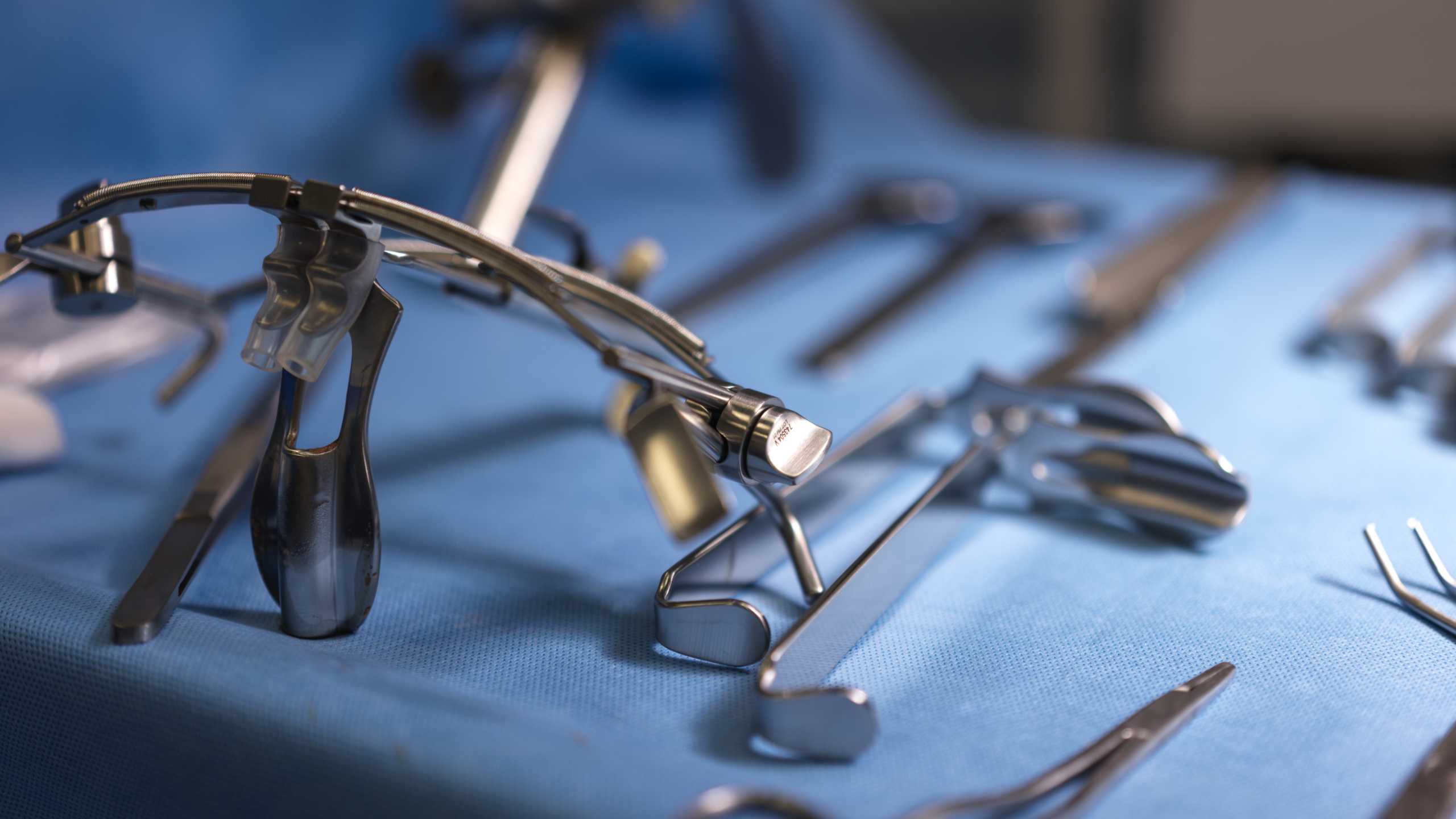
Lingual Artery
ENT AnatomyUse this resource in conjunction with your real-world training

Experience Summary
This is the final experience in the series co-developed in collaboration with Keele University. We present a several-part tutorial of a cadaveric transoral endoscopic dissection of the lateral oropharynx. This experience focusses on progressing the dissection towards the lingual artery.
Clinical Context
Endoscopic dissection of the lateral oropharynx is a key surgical technique increasingly utilised in the management of oropharyngeal pathology, particularly in the context of minimally invasive approaches to head and neck cancer. The lateral oropharynx, which includes the tonsillar fossa, tonsillar pillars, lateral pharyngeal wall, and adjacent structures, is a common site for squamous cell carcinoma, especially in association with human papillomavirus (HPV)-positive disease. Endoscopic approaches, such as Transoral Endoscopic Surgery (TES) and Transoral Robotic Surgery (TORS), have been developed to provide excellent visualisation and access to this anatomically challenging area while minimising morbidity compared to traditional open surgical techniques.
Endoscopic dissection of the lateral oropharynx is most frequently performed for oncological indications, particularly for the resection of early-stage (T1–T2) oropharyngeal cancers, such as tonsillar carcinoma. These techniques can also be employed for diagnostic excision of suspicious lesions, management of benign neoplasms, or addressing chronic infections or abscesses in select cases. The procedure offers a minimally invasive alternative to more extensive surgical approaches, reducing the need for mandibulotomy, pharyngotomy, or extensive soft tissue disruption.
The endoscopic technique provides excellent visualisation of the deep recesses of the lateral oropharynx, including the glossotonsillar sulcus and parapharyngeal space. This enhanced access is crucial for complete tumour resection with clear margins while preserving critical structures such as the lingual artery, glossopharyngeal nerve, and adjacent musculature. Endoscopic dissection allows for precise identification of anatomical planes and targeted removal of diseased tissue with minimal collateral damage.
In addition to oncological benefits, endoscopic lateral oropharyngeal dissection is associated with reduced postoperative pain, faster recovery, shorter hospital stays, and improved functional outcomes, including preservation of speech and swallowing. For patients with HPV-positive oropharyngeal cancer, who often have a favourable prognosis, these advantages are particularly important in maintaining long-term quality of life.
However, this approach requires significant technical expertise, thorough knowledge of oropharyngeal anatomy, and careful patient selection. The confined working space, proximity to vital neurovascular structures, and the potential for airway compromise demand meticulous surgical planning and the availability of intraoperative anaesthetic support, including advanced airway management.
Learning Outcomes
- Understand the anatomy involved in transoral dissection.
- Observe the procedure required to dissect towards the lingual artery during transoral dissection.
External Resources
